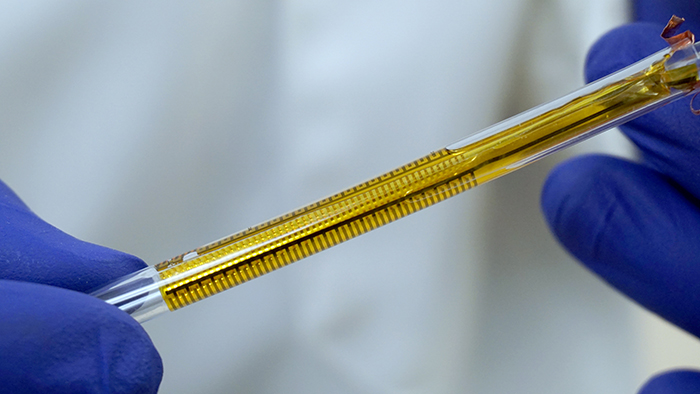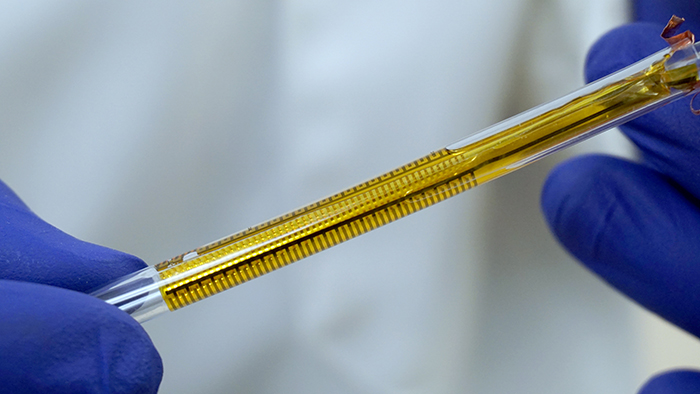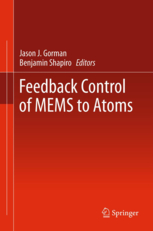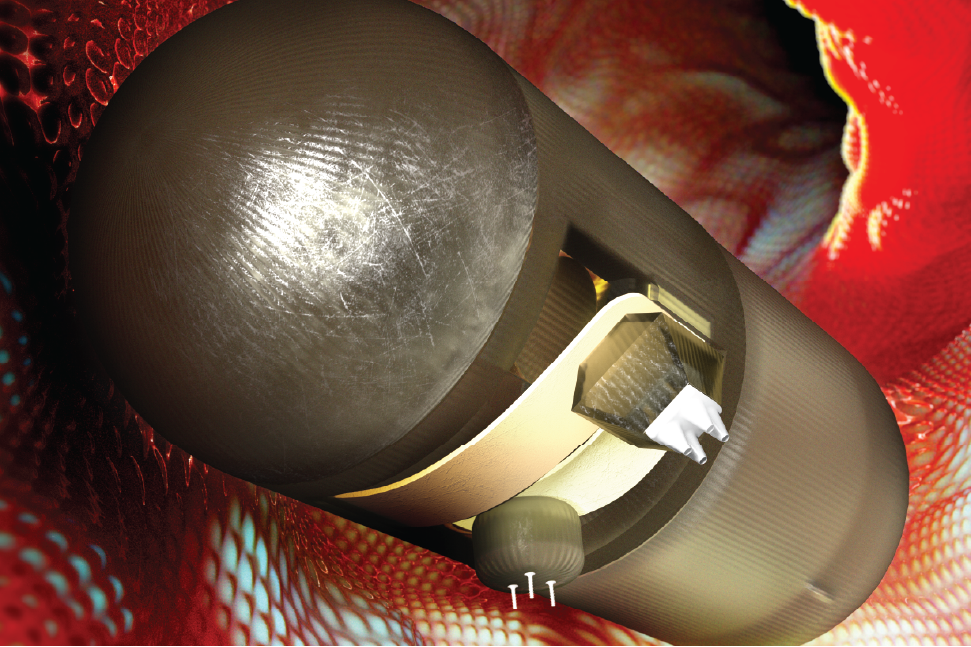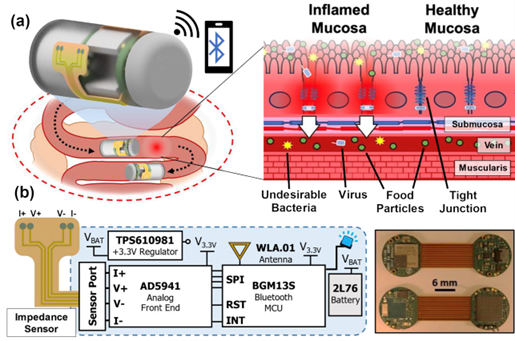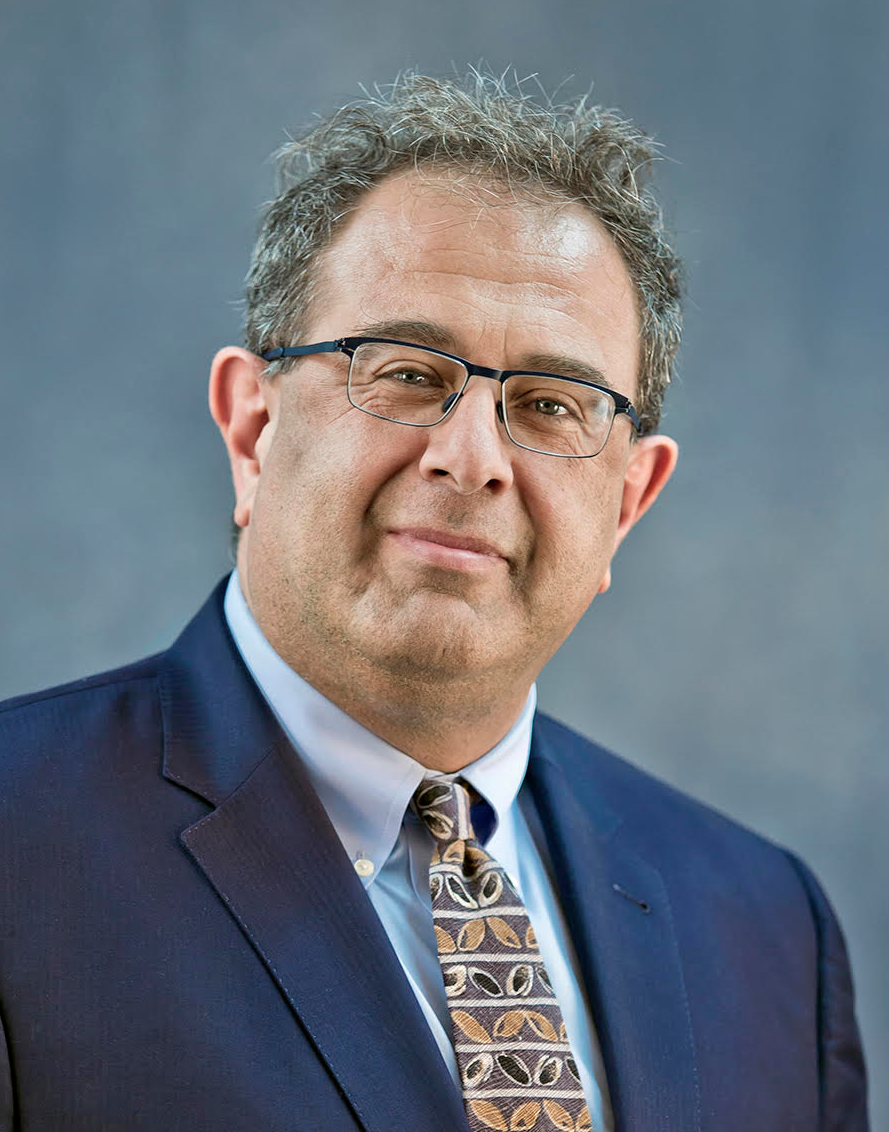News Story
Biofilm treatment device receives TEDCO MII funding; paper published in IEEE TBME

Wireless readout and control system schematic showing sensor embedded on an inserted urinary catheter (Photo credit: Ryan Huiszoon, MEMS Sensors and Actuators Laboratory, University of Maryland)
Development of the University of Maryland’s flexible urinary catheter insert for detection, monitoring and treatment of biofilm continues to make strong progress. Professor Reza Ghodssi (ECE/ISR) has received new funding from the State of Maryland to help bring the device to commercialization and his team has published its latest results in IEEE Transactions on Biomedical Engineering.
The state of Maryland’s Technology Development Corporation (TEDCO) has given Ghodssi $115K in Maryland Innovation Initiative (MII) funding to develop the invention towards commercialization. The funding is a validation of the potential of the device, which won the 2017 University of Maryland Invention of the Year award in the Life Sciences category. The device holds promise for a better way of dealing with biofilm growth in medical devices and its accompanying issues of infection.
The MII program is designed to promote commercialization of research conducted in TEDCO partnership universities, like the University of Maryland, and leverage the institution’s strengths. The program fosters the transition of promising technologies that have significant commercial potential from universities, where they were discovered, to the commercial sector, where they can be developed into products and services that meet identified needs. The program assists through technology validation, market assessment, and the creation of start-up companies in Maryland through collaborations among universities and other research organizations within the state.
“The TEDCO MII grant enables technology-driven research like ours to go through additional testing and calibration that we would not have been able to do otherwise,” says Professor Reza Ghodssi.
“Flexible Platform for In Situ Impedimetric Detection and Bioelectric Effect Treatment of Escherichia coli Biofilms” was published in the Oct. 1, 2018 edition of IEEE Transactions on Biomedical Engineering (IEEE TBME). The paper was written by Bioengineering Ph.D. student Ryan Huiszoon; Sowmya Subramanian (EE Ph.D. 2016); ISR Postdoctoral Researcher Pradeep Ramiah Rajasekaran; Luke Beardslee, M.D., Ph.D.; Professor William Bentley (BIOE/Fischell Institute); and Professor Reza Ghodssi (ECE/ISR).
The paper describes the current state of the development of the flexible catheter insert, an impedance sensor platform that can detect, monitor and treat biofilm formation on the inside surface of a urinary catheter. The authors demonstrate that biofilm growth and reduction can be effectively monitored through the impedance of electricity and at the same time treated through the bioelectric effect, which combines low voltages of electricity with small dosages of antibiotics.
Importantly, the paper details the research team’s successful efforts to miniaturize the components of the device and control it through wireless signals. Shrinking the platform will increase its usefulness in additional settings, like medical devices placed within the GI tract, artificial joints and other unreachable artificial surfaces placed within the human body.
Ghodssi notes that the MII funding is enabling the researchers to fine-tune the device in preparation for in vivo implementation and clinical trials. It will allow testing in a range of fluidic environments such as artificial urine. “The TEDCO MII grant enables technology-driven research like ours to go through additional testing and calibration that we would not have been able to do otherwise,” he says. “It allows us to focus on developing an improved prototype for the next stage in the process of bringing this device to market and improving medical care.”
| Read a long-form article reviewing the evolution of this research here. | The IEEE TBME paper can be found at https://ieeexplore.ieee.org/document/8477054 |
Published October 19, 2018


